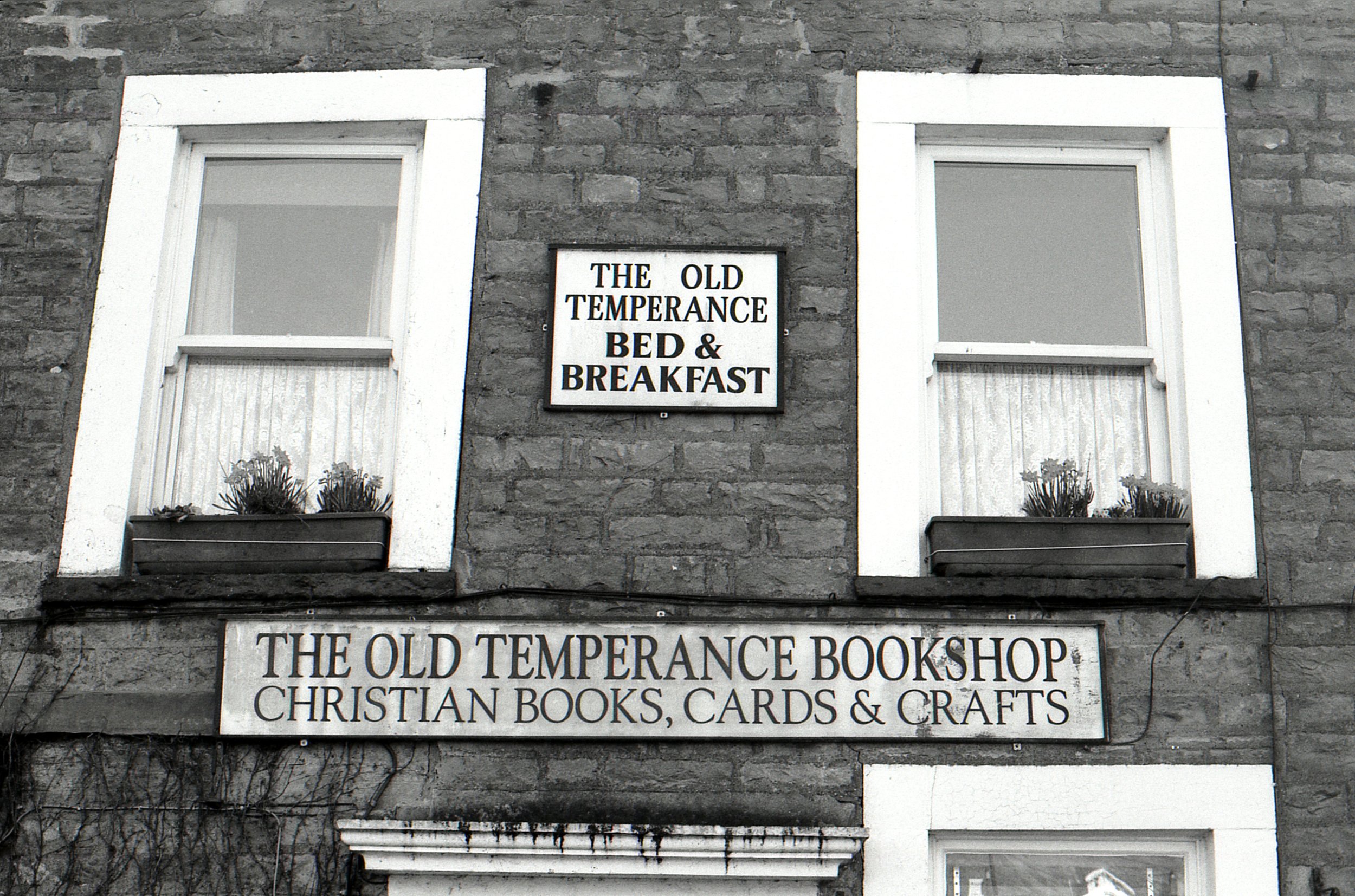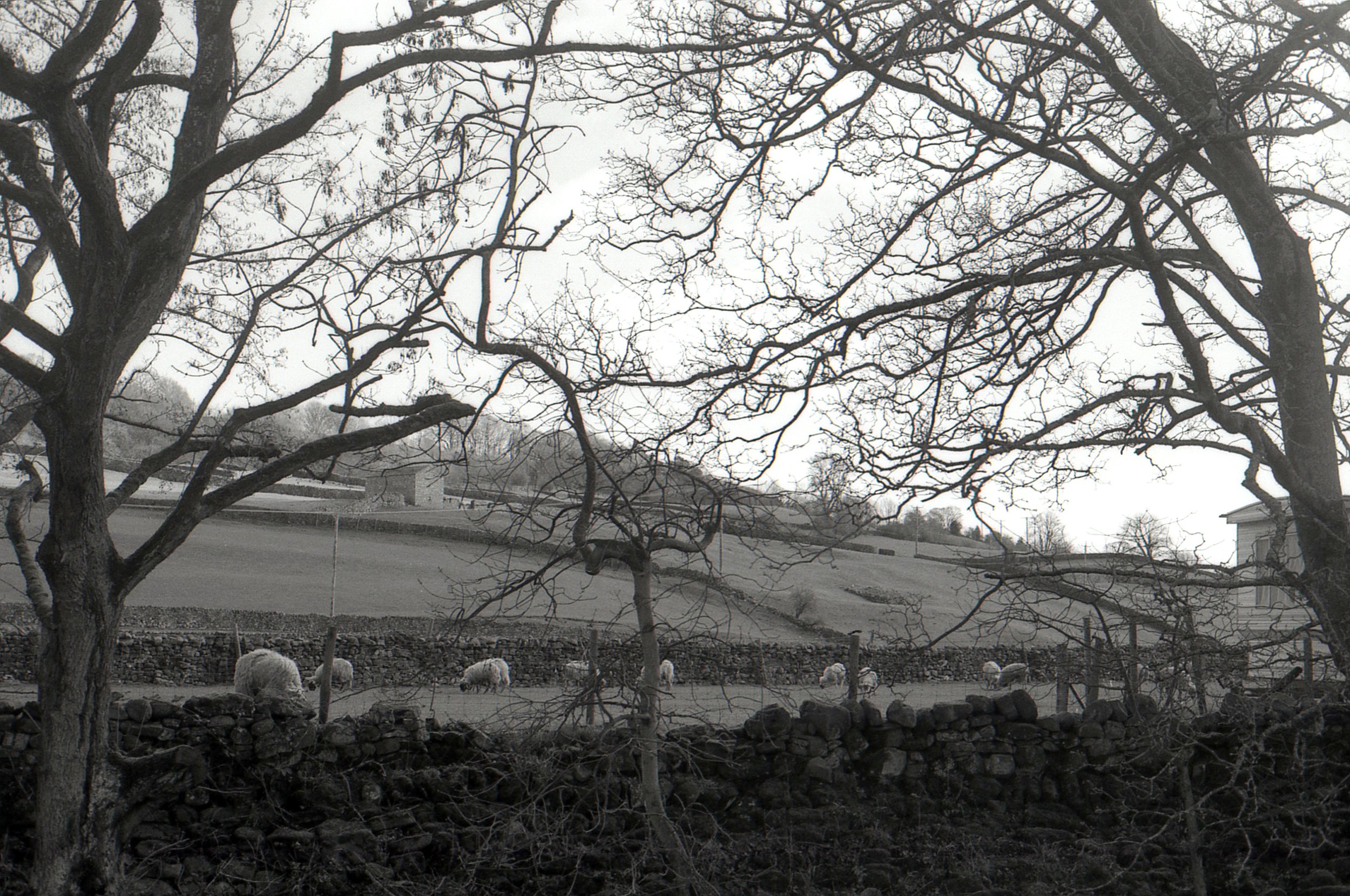Whilst we were in the Yorkshire Dales for a few days we stayed in the village of Reeth - which for a small village has three pubs which still makes me smile. Yes we tried them all, and they were all great. I love a Yorkshire pub.
Anyway, as I was using Kodak’s T-Max 400 film which claims to be “The sharpest, finest-grained 400-speed black-and-white film in the world” I figured the best way to test this out would be to focus on my favourite little details and see how the film coped with those.
I think its safe to say that T-Max 400 does have a lovely grain to it which compliments the depth of field in the photo above rather deliciously.
I really love how the film captured the light really wonderfully too and the delightfulness of the old signs (I’m such a sucker for those). I tried to find photos with textures, light and a variation of tones to really put this film through its paces and I’m really pleased with the results and that the nuances in the grey tones came out. On initial scan, the film felt quite flat, which I think was more a result of the automatic Epson settings than a result of the film itself, so I was very relieved when the film found its depth through some small tweaks.
I’m not sure what the technical term for this would be for film, or if there is one - but in lighting (I’m a lighting designer too) the ability of a lamp to show the colours within a scene depends on the colour rendering index number. I feel like this film has the ability and finesse to capture a large variation of mid tone greys that I haven’t quite seen in other films I’ve tried (admittedly I haven’t tried loads) even my beloved Kodak BW400CN drew me in by its contrasting darker and lighting tones. And although it seems funny to get excited about mid greys - grey is grey right - when you think that a black and white photo is essentially all grey (with true black being nothing and true white being all colours) then the importance of being able to show as many greys as possible seems quite important for a black and white film haha.
Did I just accidentally get technical? Is there a technical equivalent for colour rendering in black and white film? Is film indexed that way like lamps? I have no idea! Anyone?
Film: Kodak T-Max 400 - sent to me for free by Kodak Alaris (thank you so much!) and developed by The Latent Image (not for free, I would just highly recommend them)
Camera: My fave Canon EOS 750
Location: Reeth, Yorkshire Dales.















